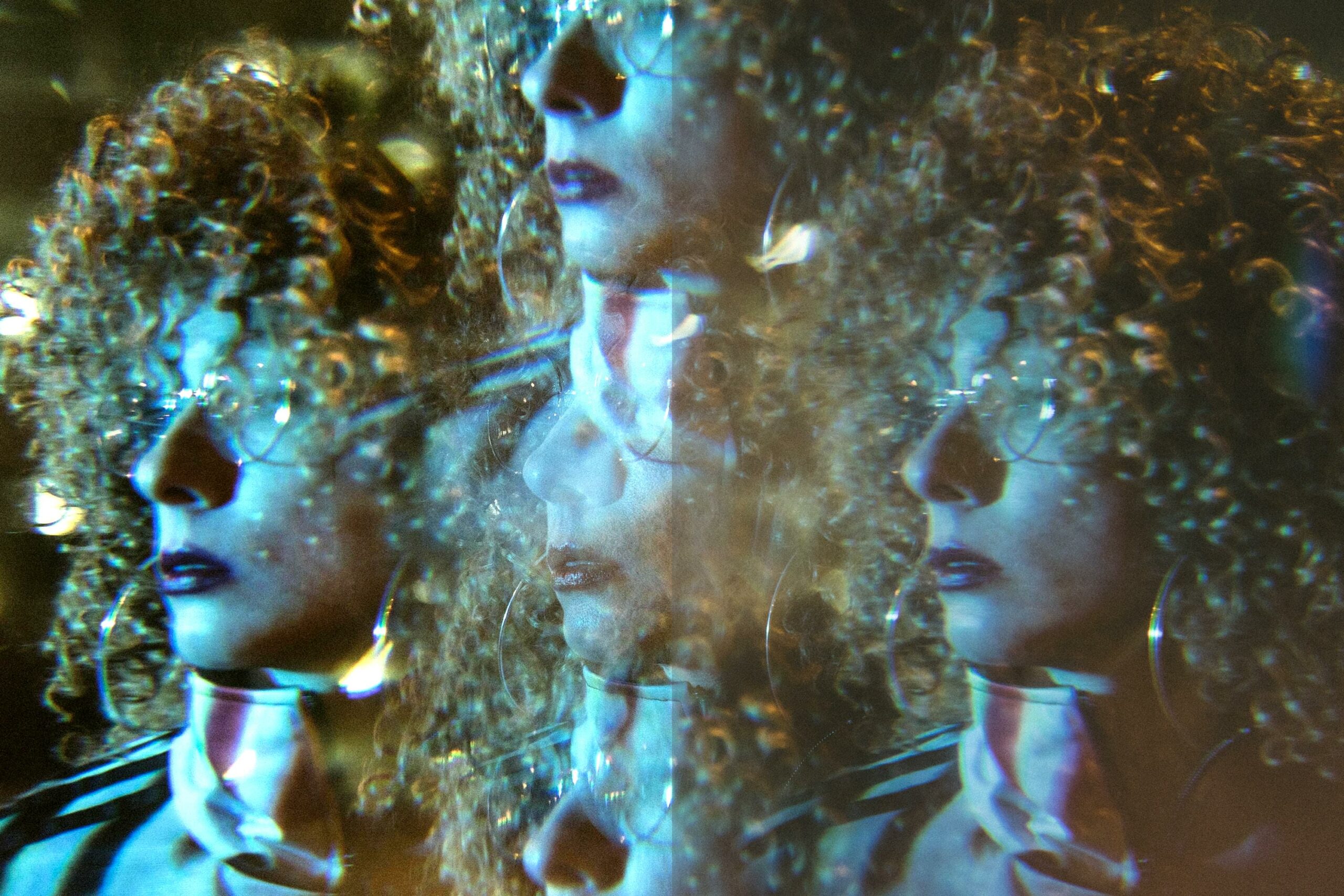Curly hair has always been a subject of fascination and envy, exuding a sense of untamed beauty and unmatched allure. But what exactly makes those luscious curls so captivating? Prepare to dive deep into the realm of curly hair biology, where we’ll unravel the secrets behind its unique structure and characteristics. From the genetic factors that determine our curl pattern to the intricate chemistry that shapes every strand, join me on this scientific journey as we explore the fascinating world of curly hair and discover the biology that creates those gorgeous curls.
Curly Hair Biology
Curly hair has fascinated scientists for years, with its unique structure and characteristics offering a wealth of biological insights. By examining the genetics and biology behind curly hair, we can gain a deeper understanding of why some individuals have gorgeous curls while others possess straight hair. In this article, we will delve into the fascinating world of curly hair biology, exploring the genetic factors, chemical composition, and proper care techniques that contribute to maintaining those beautiful curls.
The Diversity of Curly Hair
One of the most intriguing aspects of curly hair is its wide diversity across different ethnicities and geographical regions. Human populations showcase a remarkable variety of hair fiber forms and colors, indicating that hair has been subject to adaptive pressures over thousands of years. Hair fiber shape can range from straight to tightly coiled, with variations influenced by genetic and environmental factors. This diversity in hair fiber shape showcases the beauty of human diversity and the intricate biology behind it.
“The wide diversity of hair fiber forms across different human populations highlights the complexity of its biology and the influence of genetic and environmental factors.”
Unraveling the Genetics of Curly Hair
The genetics of curly hair are complex, with curly hair being considered a dominant trait. Recent scientific advancements have shed light on the genetic variations associated with curly hair. A groundbreaking GWAS study conducted in South Africa revealed links between genetic variations and specific proteins involved in curly hair formation. The trichohyalin protein, copper transporter protein CUTC, and keratin 74 component of the inner root sheath were identified as potential players in curly hair genetics.
“Research findings have uncovered potential genetic variations in proteins crucial to curly hair formation, offering valuable insights into the intricate genetics behind this stunning hair type.”
The Biology of Curly Hair
To understand the biology of curly hair, we must explore how it differs from straight hair. The intricate biomaterials present in hair follicles contribute to the mechanical functions of the hair fiber, but their specific role remains largely unknown. Curly hair’s unique structure, including its shape and the presence of twists and turns, affects its ability to keep mammals warm compared to straight hair. These adaptations showcase the remarkable biological significance of curly hair.
“The complex biomaterials found in hair follicles play a crucial role in the formation and function of curly hair, yet many mysteries remain regarding their specific contributions.”
Proper Care Techniques for Gorgeous Curls
Maintaining healthy and beautiful curls requires specialized care techniques. Understanding the unique biology of curly hair enables us to tailor our hair care routines accordingly. Here are some essential tips to keep those curls looking their best:
Hydration: Curly hair tends to be drier than straight hair, so it’s essential to provide adequate hydration. Use moisturizing shampoos and conditioners specifically formulated for curly hair to promote hydration and prevent frizz.
Gentle Detangling: Curly hair is prone to tangling, so opt for wide-toothed combs or your fingers to detangle gently. Avoid aggressive brushing that can damage the hair cuticle and lead to frizz.
Avoid Heat Damage: Heat styling tools can wreak havoc on curly hair, causing dryness and breakage. Embrace air-drying methods and use heat protectant products when heat styling is necessary.
Protective Styling: Protect your curls by choosing hairstyles that prevent excessive manipulation and friction, such as braids, buns, or silk-lined caps and scarves.
Regular Trims: Trimming your hair regularly removes split ends and prevents damage from traveling up the hair shaft. Aim for trim sessions every 6-8 weeks to maintain healthy curls.
“By adopting proper care techniques, individuals with curly hair can enhance their natural beauty and keep their curls looking fabulous.”
Unraveling the Mysteries of Curly Hair
While significant progress has been made in understanding the biology and genetics of curly hair, many mysteries remain to be unraveled. Through ongoing research efforts, scientists strive to deepen their understanding of the intricate mechanisms governing curly hair formation and the genetic variations that determine its unique characteristics. By exploring the biology behind curly hair, we gain insights not only into our physical appearance but also into the fascinating complexity of the human body.
“The quest to unravel the mysteries of curly hair continues, with scientists striving to further explore the intricate biology that governs this stunning hair type.”
In conclusion, the biology of curly hair offers a captivating journey into the genetics, structures, and adaptations that make it so unique. By embracing this knowledge, individuals with curly hair can celebrate and care for their beautiful locks more effectively. So, whether you have tight coils or loose waves, embrace the beauty of your curls and revel in the fascinating biology that shapes them.
Curling hair is a popular styling technique that can transform your look from flat to fabulous. If you’re tired of your straight hair and want to add some volume and bounce, then you need to check out these amazing facts about curling hair. From different curling methods to tips for maintaining your curls, this comprehensive guide will provide you with all the information you need to know. Don’t miss out on this opportunity to learn more about how to achieve the perfect curl. Click here to uncover the fascinating world of curling hair: Facts About Curling Hair.
FAQ
Question 1
What causes the wide diversity in hair fibres across different human populations?
Answer 1
The wide diversity in hair fibres across different human populations is believed to be the result of thousands of years of adaptive pressure. Factors such as ethnicity and geography contribute to the variation, leading to differences in hair fibre form and color.
Question 2
How does the shape of hair fibres vary depending on ethnicity and geography?
Answer 2
The shape of hair fibres varies depending on ethnicity and geography. Different populations exhibit a range of hair types, from straight to tightly coiled. This variation is influenced by genetic factors and environmental factors.
Question 3
What did a recent GWAS study reveal about genetic variations and curly hair formation?
Answer 3
A recent GWAS study conducted in South Africa revealed links between genetic variations and curly hair formation. The study identified associations with the trichohyalin protein, the copper transporter protein CUTC, and the keratin 74 component of the inner root sheath. These findings contribute to our understanding of the genetic and biological factors involved in curly hair formation.
Question 4
Is curly hair considered a dominant trait in genetics?
Answer 4
Yes, curly hair is considered a dominant trait in genetics. This means that if one parent has curly hair, there is a higher likelihood of their offspring inheriting curly hair. However, the genetics of curly hair are complex and influenced by multiple genes.
Question 5
How does understanding the biology of curly hair help explain the variation in hair textures?
Answer 5
Understanding the biology of curly hair provides insights into why some people have curly hair while others have straight hair. It helps explain the genetic and biological factors contributing to the formation of different hair textures. Further research is needed to fully unravel the mysteries of curly hair and its formation, but studying its biology is a step toward gaining a deeper understanding.
- Sept 31 Myth: Unveiling Calendar Secrets - March 18, 2025
- How Long & Till December 18, 2025: Accurate Countdown Guide - March 18, 2025
- Discover Japanese Artists: A Complete History - March 18, 2025
















